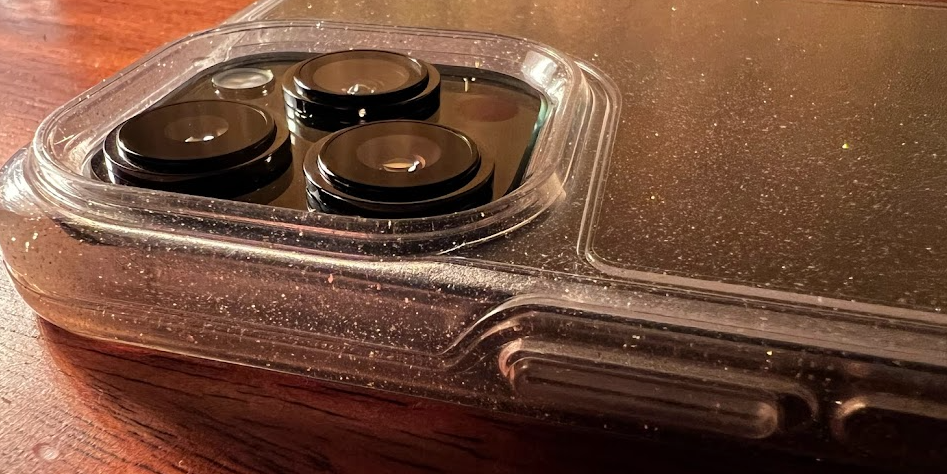There are two methods of calculating the apparent field of view.
The first is to multiply the true FoV in degrees by the magnification of the binocular.
The second ISO method is to calculate the angle as if the binocular were nearer by a factor of its magnification.
To take an example, the Swarovski 7x42 Habicht Porro has a rather narrow FoV of 114 M @ 1000 m. Its angular FoV is 2x arctan 114/2x1000, i.e. 6,52°.
According to the first method this would translate to an AFoV of 7x6,52° or 45,6°.
According to ISO the AFoV would be calculated as if the 114 m FoV were seen at 1/7th of 1000 m or 142,9 m, i.e. 2x arctan 114/2x142,9, which results in 43,5°.
So there's not a lot of difference at narrower AFoVs. The wider the AFov however, the greater the discrepancy.
On another thread I incorrectly stated that the discrepancy was lower for higher magnifications.
A scope at 60x magnification with a FoV of 22 m @ 1000 m would have an angular FoV of 1,26° with AFoVs of 75,6° according to the first method and 66,8° according to ISO.
The true value for AFoV usually lies between the two calculated numbers and can be measured as follows: A simple and precise method of measuring AFOV
John
The first is to multiply the true FoV in degrees by the magnification of the binocular.
The second ISO method is to calculate the angle as if the binocular were nearer by a factor of its magnification.
To take an example, the Swarovski 7x42 Habicht Porro has a rather narrow FoV of 114 M @ 1000 m. Its angular FoV is 2x arctan 114/2x1000, i.e. 6,52°.
According to the first method this would translate to an AFoV of 7x6,52° or 45,6°.
According to ISO the AFoV would be calculated as if the 114 m FoV were seen at 1/7th of 1000 m or 142,9 m, i.e. 2x arctan 114/2x142,9, which results in 43,5°.
So there's not a lot of difference at narrower AFoVs. The wider the AFov however, the greater the discrepancy.
On another thread I incorrectly stated that the discrepancy was lower for higher magnifications.
A scope at 60x magnification with a FoV of 22 m @ 1000 m would have an angular FoV of 1,26° with AFoVs of 75,6° according to the first method and 66,8° according to ISO.
The true value for AFoV usually lies between the two calculated numbers and can be measured as follows: A simple and precise method of measuring AFOV
John












